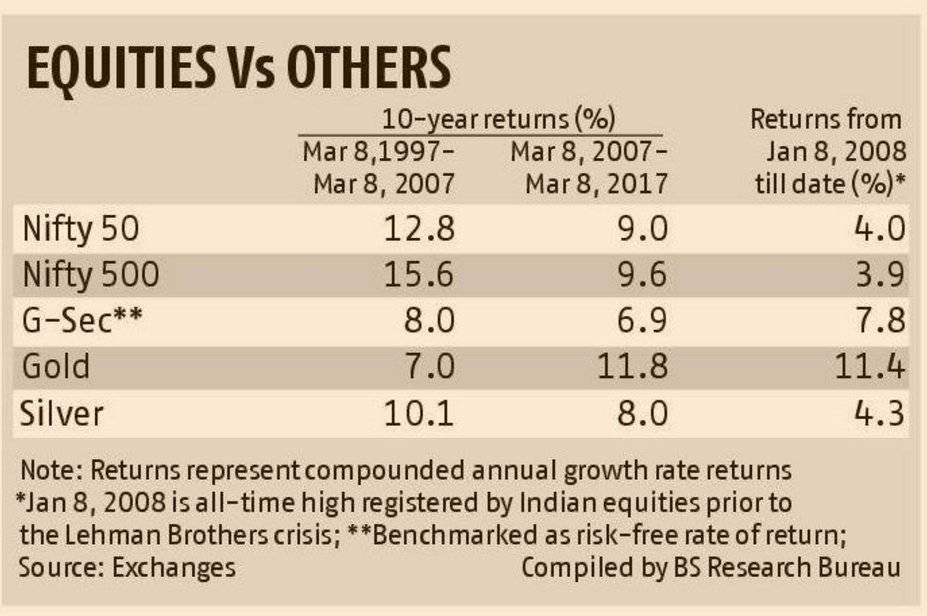Some stuff I am reading today morning:
Notes from DMart’s Prospectus (2Point2Capital)
How to take advantage of ‘March Phenomenon” of Mutual Funds (FE)
Is the IPO market delinked from the secondary market? (BL)
Video: GST will halt economy for 3 months (CNBC)
Auction looms over debt laden GVK group (ET)
Did Taurus MF conceal the BILT downgrades? (MF Critic)
Is mindless investing dangerous? (Subramoney)
Does Buffett not understand risk adjusted returns (Bloomberg)
Is being good the secret to being great? (Morningstar)
Free Book-Stories for Children inspired by Buffett & Munger (SN)

